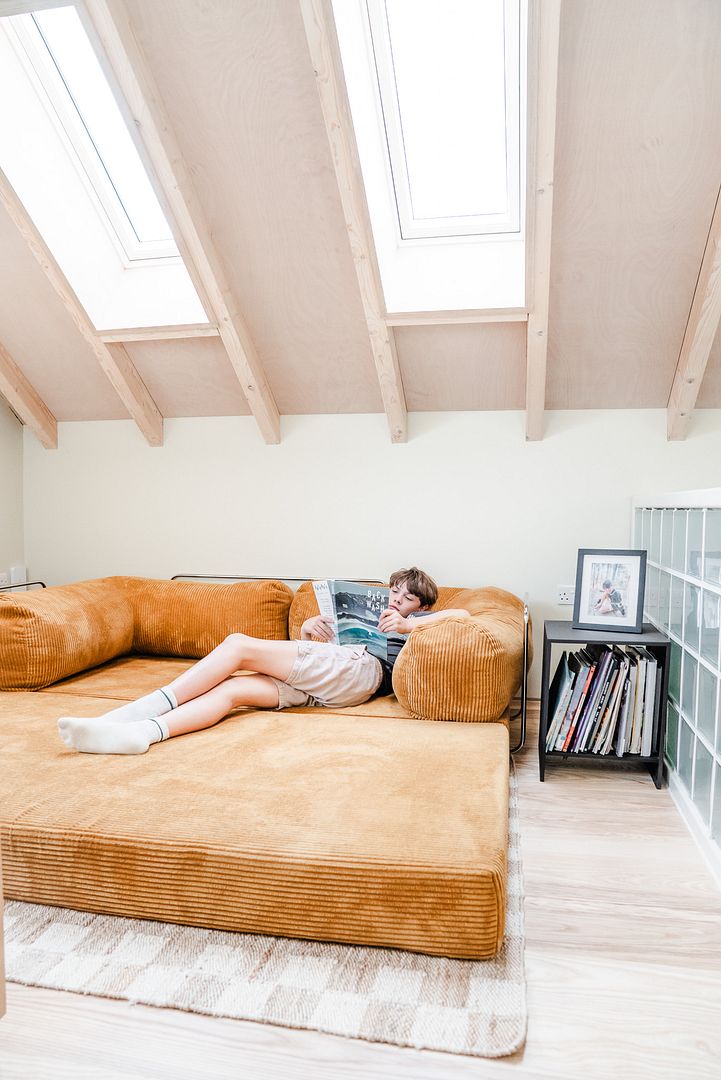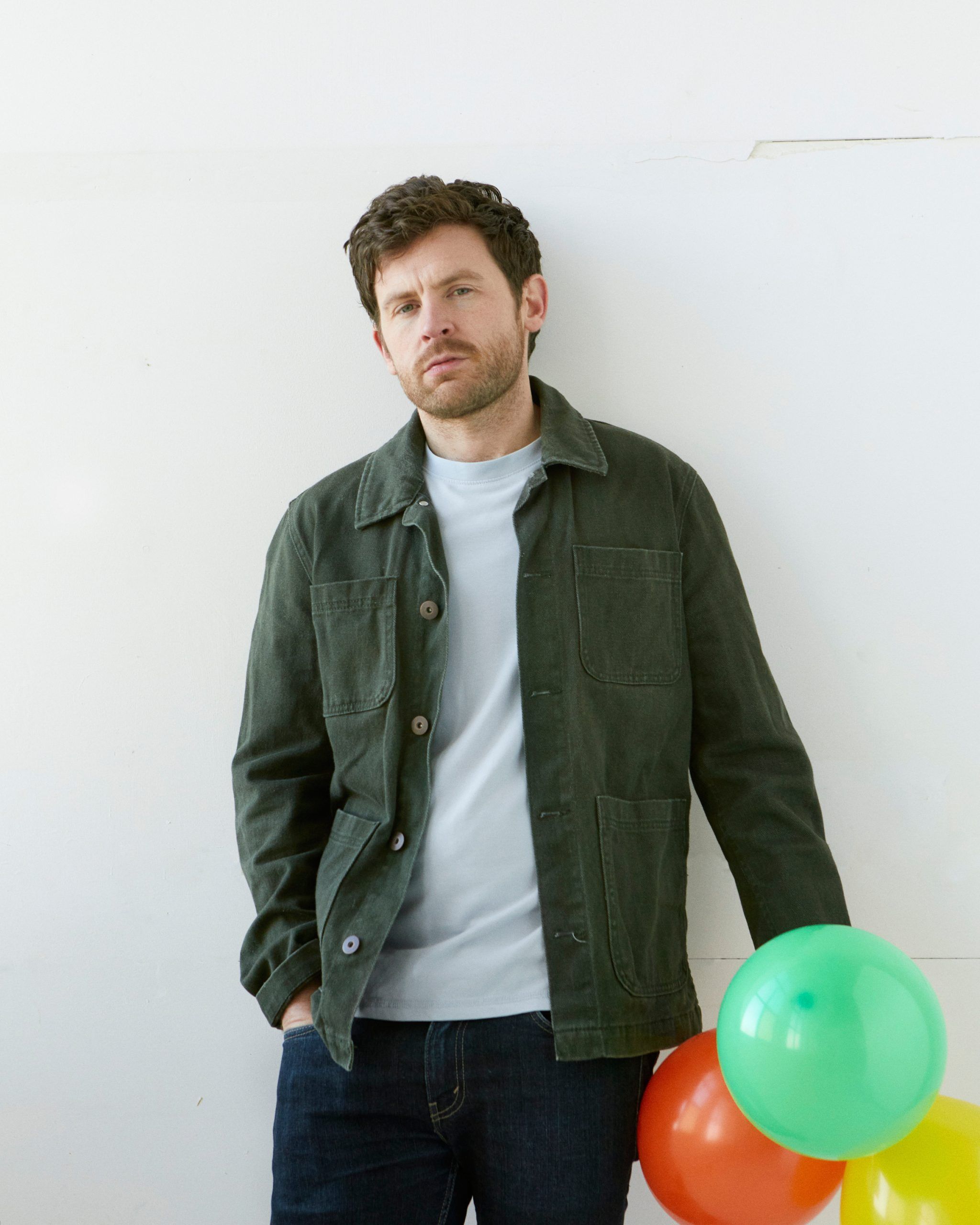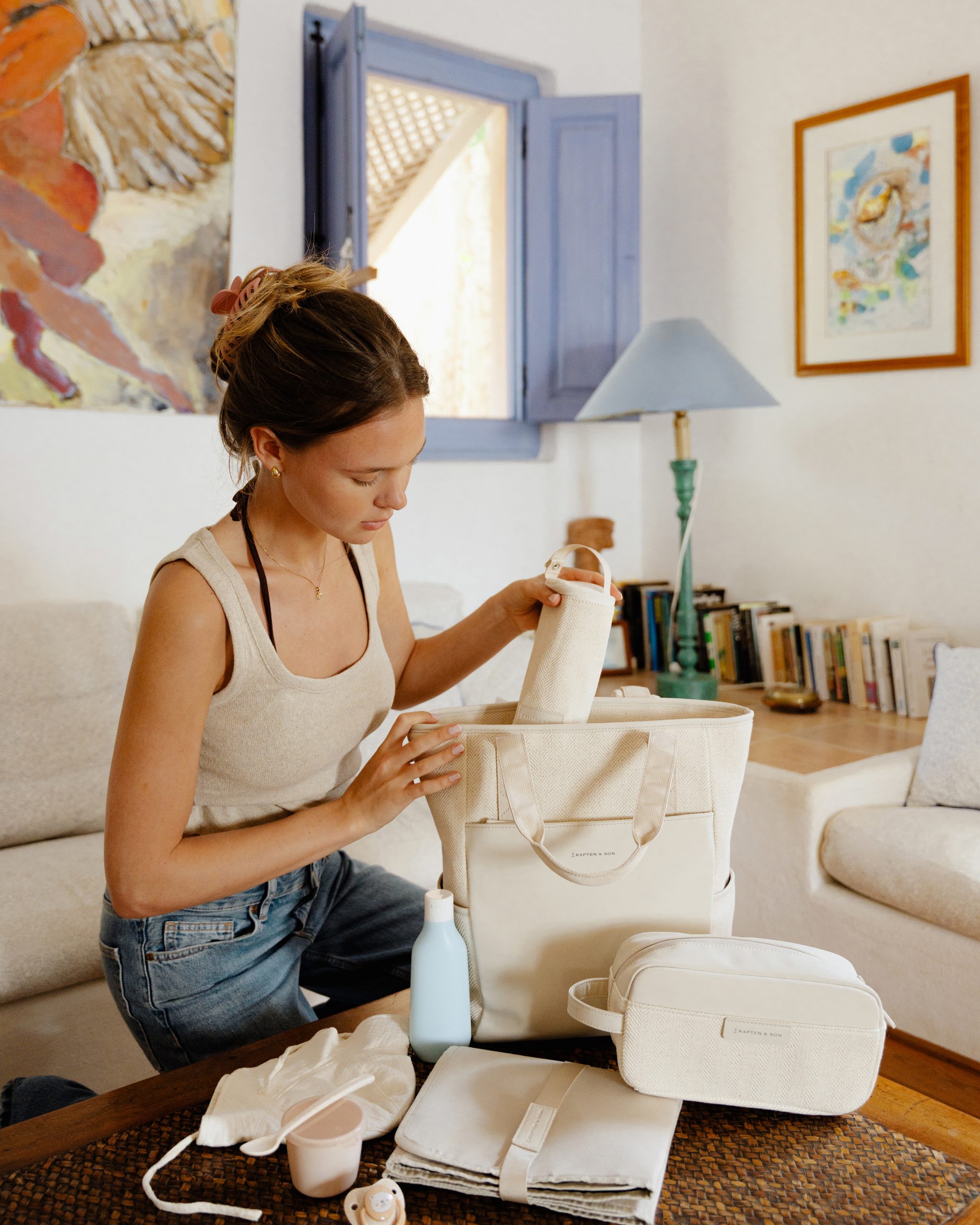For decades, furniture design has existed in a kind of quiet arrogance, beautiful, yes, but immovable. A sofa was meant to stay put, a chair to stay singular, a table to hold its ground. But the world has shifted, and so have we. Our homes now serve as offices, studios, sanctuaries, stages. We’re working, eating, creating, sleeping, sometimes all within the same few square metres. It’s no wonder that the new generation of furniture has started to move too.
Welcome to the era of shape-shifting design: furniture that morphs, flexes, and redefines itself as your life unfolds. It’s not a gimmick, but a reflection of how we live now, fluid, mobile, multi-hyphenate. The traditional idea of a “set piece” suddenly feels quaint, almost obsolete.


Few brands have captured this cultural pivot as elegantly as OMHU, the Copenhagen studio turning multifunctionality into an art form. Their TEDDY Sofa is the embodiment of this new mood, a modular system that looks like sculpture but behaves like choreography. Rounded, tactile, and quietly architectural, it invites you to pull it apart and rebuild it at will. Add a section, remove a piece, turn a seat into a chaise. It’s furniture that treats transformation not as utility but as expression.
Behind the TEDDY’s soft bouclé exterior lies a rigorously intelligent design. Each module interlocks with precision, allowing endless configurations without visible hardware or aesthetic compromise. The result is a form that feels intuitive , comforting without clutter, playful without pretension.
This shift toward adaptability isn’t just about square footage. It’s philosophical. As our lives become increasingly hybrid, less tethered to one place, one routine, one definition, furniture that remains static feels out of sync. Designers are responding with pieces that evolve: transformable daybeds, stackable lighting, modular shelving systems. The trend speaks to a wider craving for emotional flexibility, spaces that can change their energy as easily as we change our state of mind.


OMHU’s wider collection builds on this ethos. The AVA Lounge Chair envelops the body in a single sculptural sweep, while the KAYA Coffee Table uses intersecting planes of wood to create a sense of quiet movement, even when still. Every piece holds that tension between structure and softness, a kind of Nordic precision softened by human warmth.
There’s a reason OMHU’s work feels so timely. The pandemic years taught us to renegotiate our relationship with space; now, designers are answering with furniture that listens. The future of interiors isn’t about filling rooms with beautiful objects, it’s about designing objects that can adapt to our shifting rhythms.
The TEDDY Sofa, in that sense, feels less like an object and more like a collaborator. A shape-shifter for a shape-shifting world.
For more info on TEDDY Sofa click here.





